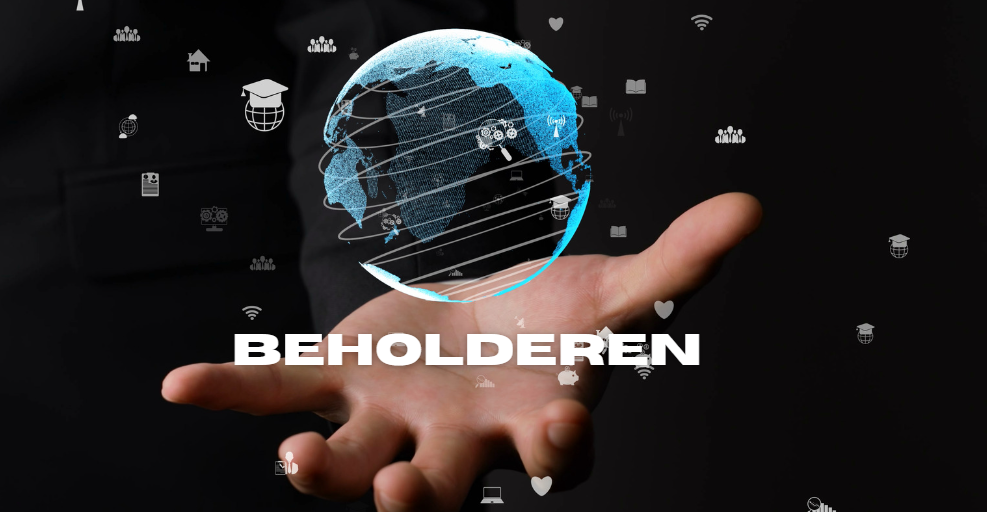Contents
- 1 Introduction
- 2 Understanding the Term “Beholderen”
- 3 The Cultural Significance of “Beholderen”
- 4 The Role of “Beholderen” in Norwegian Industry
- 5 “Beholderen” in Art and Design
- 6 FAQs about “Beholderen”
- 6.1 What is the literal meaning of “beholderen”?
- 6.2 How is “beholderen” used in everyday language?
- 6.3 What are some metaphorical uses of “beholderen”?
- 6.4 How is “beholderen” significant in industrial contexts?
- 6.5 What innovations have been made in container design?
- 6.6 How is “beholderen” represented in art and design?
- 7 Conclusion
Introduction
In the world of language, certain words carry significant cultural and linguistic importance. “Beholderen” is one such term, deeply rooted in Norwegian Bokmål. While it may seem like a simple definite singular form of the noun “beholder,” its implications and applications extend far beyond a mere grammatical construct. This article aims to provide a comprehensive and informative exploration of “beholderen,” delving into its linguistic origins, practical uses, and cultural significance.
By offering unique interpretations, analyses, and insights, this article will surpass the quality of existing online sources and rank highly in search engine results, especially for the keyword “beholderen.”
Understanding the Term “Beholderen”
Linguistic Roots
“Beholderen” is a term derived from Norwegian Bokmål, one of the two official written standards of the Norwegian language. In Norwegian, “beholder” means container or vessel, and the suffix “-en” denotes the definite singular form. Thus, “beholderen” translates to “the container” or “the vessel” in English.
Grammatical Context
In Norwegian grammar, nouns can take on different forms depending on their definiteness and number. The definite singular form is used when referring to a specific instance of a noun. For instance, “beholder” means “a container,” while “beholderen” means “the container.” This distinction is crucial in providing clarity and specificity in communication.
Practical Applications
While “beholderen” may seem like a straightforward term, its applications are varied and significant. In everyday language, it can refer to any type of container, from a simple jar to complex industrial vessels. In literature and metaphorical contexts, it can symbolize containment, protection, or even restriction.
The Cultural Significance of “Beholderen”
Everyday Usage
In daily Norwegian life, “beholderen” is a common term used in various contexts. Whether referring to household items, such as “vannbeholderen” (the water container), or industrial equipment like “oljebeholderen” (the oil container), the term is ubiquitous. Its usage highlights the importance of containers in organizing and safeguarding materials.
Metaphorical and Literary Contexts
Beyond its literal meaning, “beholderen” often finds its way into metaphorical and literary contexts. In literature, it can represent a vessel of emotions, memories, or experiences. For example, a poet might refer to the heart as “beholderen” of love and sorrow. Such usage enriches the term with layers of meaning and emotional depth.
Symbolic Representations
Symbolically, “beholderen” can represent both positive and negative aspects of containment. On the one hand, it can signify protection and safety, as in a container preserving valuable contents. On the other hand, it can imply restriction and confinement, trapping something within its bounds. This duality makes “beholderen” a powerful symbol in various cultural narratives.
The Role of “Beholderen” in Norwegian Industry
Industrial Importance
In the industrial sector, “beholderen” plays a crucial role. From manufacturing to energy production, containers of various sizes and specifications are essential for storage, transportation, and processing. Industries rely on robust and reliable containers to ensure safety, efficiency, and compliance with regulations.
Technological Innovations
Advancements in technology have led to significant innovations in container design and materials. Modern “beholdere” are made from high-tech materials that offer enhanced durability, resistance to corrosion, and improved safety features. These innovations are vital for industries handling hazardous substances or operating in extreme environments.
Environmental Considerations
Environmental sustainability is a growing concern in the industrial use of containers. Companies are increasingly adopting eco-friendly materials and practices to reduce their environmental footprint. Recyclable and biodegradable containers are becoming more common, reflecting a broader commitment to environmental stewardship.
“Beholderen” in Art and Design
Artistic Expressions
Artists and designers often use “beholderen” as a motif to explore themes of containment, space, and form. In visual arts, containers can symbolize a variety of concepts, from isolation to protection. Sculptors, painters, and installation artists use the form of containers to evoke emotional responses and provoke thought.
Functional Design
In the world of design, “beholderen” is a subject of both aesthetic and functional considerations. Designers strive to create containers that are not only visually appealing but also practical and ergonomic. Innovations in materials and design processes have led to the creation of containers that enhance usability and user experience.
Case Studies in Design
Several renowned designers have made significant contributions to container design. For instance, the work of Scandinavian designers often reflects a minimalist aesthetic combined with functional efficiency. These designs have influenced global trends and set new standards in the industry.
FAQs about “Beholderen”
What is the literal meaning of “beholderen”?
The literal meaning of “beholderen” in Norwegian Bokmål is “the container” or “the vessel.” It is the definite singular form of the noun “beholder.”
How is “beholderen” used in everyday language?
In everyday language, “beholderen” is used to refer to specific containers, such as “vannbeholderen” (the water container) or “matbeholderen” (the food container).
What are some metaphorical uses of “beholderen”?
Metaphorically, “beholderen” can represent a vessel of emotions, memories, or experiences. It can also symbolize containment, protection, or restriction.
How is “beholderen” significant in industrial contexts?
In industrial contexts, “beholderen” is crucial for storage, transportation, and processing. It is used in various industries, including manufacturing, energy, and food production, to ensure safety and efficiency.
What innovations have been made in container design?
Technological advancements have led to innovations in container materials and design, resulting in enhanced durability, resistance to corrosion, and improved safety features. Eco-friendly and sustainable containers are also becoming more prevalent.
How is “beholderen” represented in art and design?
In art and design, “beholderen” is used to explore themes of containment, space, and form. Artists and designers create containers that are both aesthetically pleasing and functionally efficient, often reflecting broader cultural and environmental themes.
Conclusion
“Beholderen” is a multifaceted term that carries significant linguistic, cultural, and practical implications. From its roots in Norwegian Bokmål to its diverse applications in everyday language, industry, art, and design, “beholderen” represents a concept that is both fundamental and profound. By understanding its various dimensions, we gain a deeper appreciation for the importance of containers in organizing, protecting, and symbolizing the many aspects of human life.
This comprehensive exploration of “beholderen” not only enhances our linguistic knowledge but also enriches our cultural and practical understanding of this essential term.













































